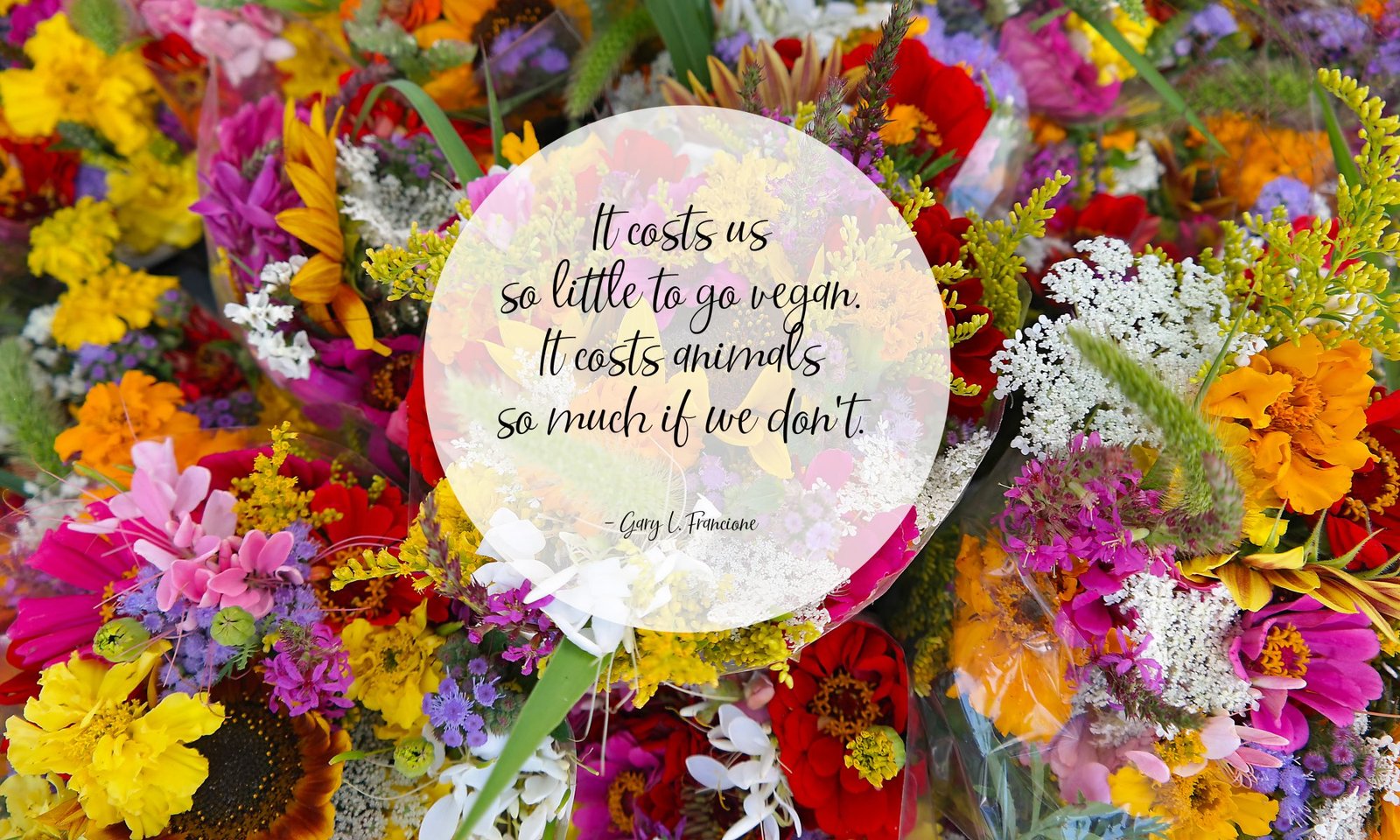Gluten (from Latin gluten, “glue”) is a protein composite found in foods processed from wheat and related grain species, including barley and rye. It gives elasticity to dough, helping it to rise and to keep its shape, and often gives the final product a chewy texture.
Gluten, when dried and milled to a powder and added to ordinary flour dough, improves a dough’s ability to rise and increases the bread’s structural stability and chewiness.
The added gluten provides supplemental protein to products with low or nonexistent protein levels.
Gluten, especially wheat gluten, is often the basis for imitation meats resembling chicken, duck (mock duck), fish, pork and beef. When cooked in broth, gluten absorbs some of the surrounding liquid (including the taste) and becomes firm to the bite.
(source: http://en.wikipedia.org/wiki/Gluten ).
The term “gluten” is, in a sense, a generic term for the storage proteins that are found in grains. In reality, each grain storage protein has its own name. Gliadin and glutenin are found in wheat, hordein in barley, secalin in rye, avenin in oats, zein in corn and oryzenin in rice. Each storage protein is slightly different from the others. The “gluten” in wheat, barley, rye, and a much lower amount in oats* (WBRO), contain particular amino acid sequences that are harmful to persons with celiac disease. It is important to note that corn gluten and rice gluten do not cause harm to those with CD.
(source: http://www.csaceliacs.info/treatment_of_celiac_disease.jsp ).
Gluten is everywhere. Very often in the foods we like the most. We know it is in the bread,cakes,cookies and pasta. But gluten also hides in the places we wouldn’t even think to check for it: Soy sauce, vegan soy meat, cereal, beer, soups, drinks.
